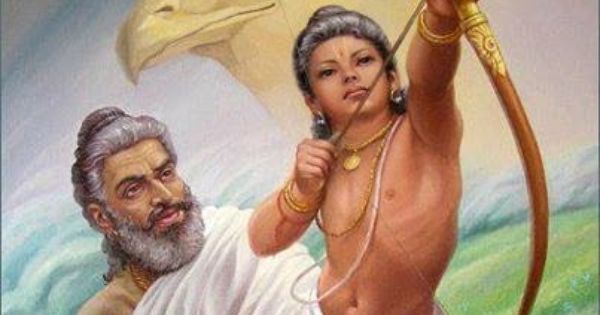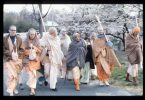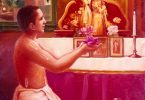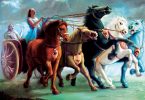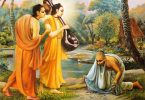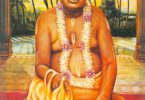Question:
In a transcription of a lecture given by Srila Prabhupada (extract given below from Prabhupada Vani) on Bhagavad Gita 2.36, the following statements were made.
‘The brāhmanas are not encouraged to fight or kill. No. They should remain always nonviolent. Even there is required violence, a brahmana will not kill personally. He will bring the matter to the kṣatriyas, royal order.’
‘Just like Visvamitra. Visvamitra was being disturbed by some demons in the forest. They used to live in the forest. So Visvamitra. was able to kill such demon, many demons, by his will. But he did not do so. He went to Maharaja Dasaratha, father of Lord Ramacandra, to request him that “Give your sons, Rama and Laksmana. I will take them with me. They will kill that demon.” The killing is there, but the brāhmana is not going to kill personally. Or the vaisya is not meant for killing, neither the sudras. Only the kṣatriyas. The kṣatriyas should be so trained up.’
Doubt: Droṇācārya was a brāhmana, yet he fought in the Kuruksetra battle. How this is to be understood in the light of the above?
Answer by Romapada Swami:
While Çréla Prabhupäda’s purport to BG 3.35 indicates there are circumstances when a brāhmana may take up the service of a kṣatriya, Droṇācārya was never glorified for giving up his sva-dharma and acting like a kṣatriya in the war. He was critiqued even after his death. Kindly see this chapter of the Mahābhārata: https://www.mahabharataonline.com/translation/mahabharata_07194.php
It’s not that we should think that all the examples in the Sastra are examples we should follow.
Indeed, Droṇācārya was severely criticized for crossing the line of his dharma. There is danger in “crossing fields of duty” or “doing someone else’s work.” Droṇācārya was definitely crossing fields. In normal circumstances he could be a teacher, and he could be a teacher of military arts, but he was not meant to fight on the battlefield. His fighting on the battlefield caused a huge problem. He caused a problem in that the Kṣatriyas really didn’t want to fight with him. They certainly didn’t want to kill him. When he was finally killed, it was considered a great sin that he was killed by Drstadyumna. Also, because he had brāhminical tejas, that tejas gave him an unfair advantage on the battlefield. The powers and the potency of the brāhmanas are subtle; their powers are higher than the powers and potencies of the Kṣatriyas even though Kṣatriyas have subtle weapons. This is why Parasuram only wanted to teach his art to brāhmanas and not to Kṣatriyas. Thus, Droṇācārya had an unfair advantage on the battlefield and he put everybody into an awkward situation. He is a good example of what not to do. Bhishma also showed a good example of what not to do as far as his being beholden to the Kauravas. Another example is Yudhisthira, who took gambling to the point that he gambled away his whole kingdom and he gambled away his brothers and he gambled away his wife. Even though he was a pure devotee, the example he set was an example of what not to do.

